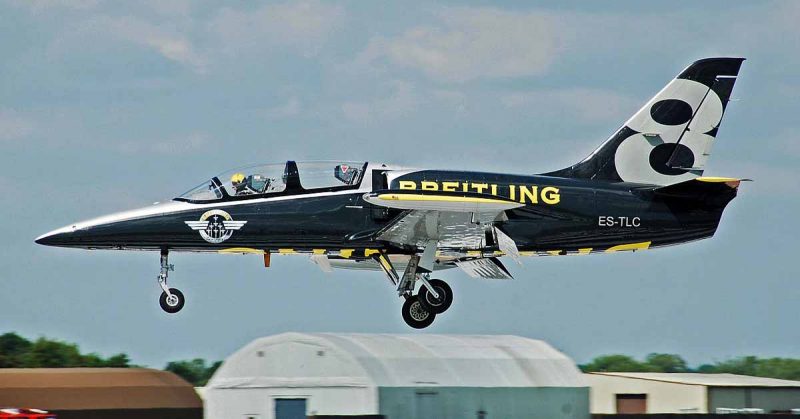The Aero L-39 Albatros is a high-performance jet trainer and light-ground attack aircraft. It was developed by Aero Vodochody in the 1960s in Czechoslovakia. Along with the Aero L-29 Delfin, the L-39 Albatros is remembered as a legendary airplane.
Aero Vodochody is the famous Czech aircraft company founded in 1919. They specialized in light combat jets for the military. During the time of the Czechoslovakian Socialist Republic, the company developed into a conglomerate of factories that manufactured the hydraulics, avionics, and motors and also assembled the final plane.
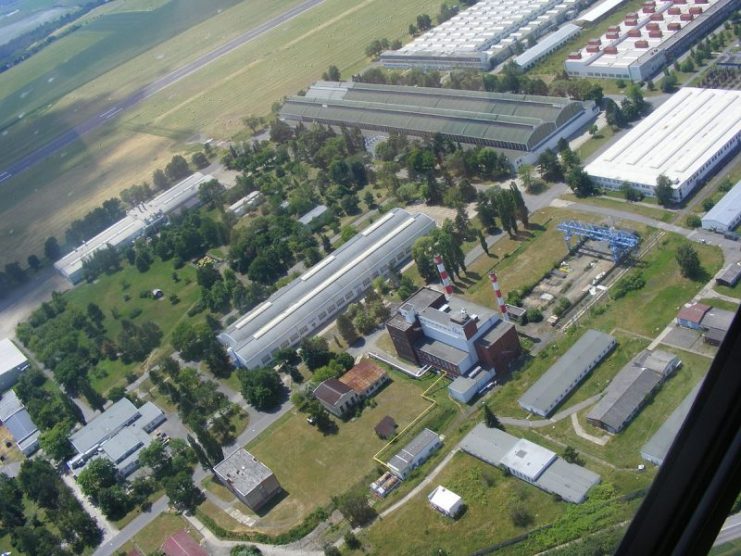
The L-39 is still used by many countries as an advanced trainer. It contains many of the features and handling characteristics of the high-performance fighters its trainees will one day be flying. The tandem cockpit is fully pressurized, heated and air-conditioned.
The rear seat is intended for an instructor and features duplicates of most of the controls and indicators. It also has a selection of levers that allow the instructor to fail certain instruments on the front seat’s panel.
Many of the preflight checks are easily performed without a ladder
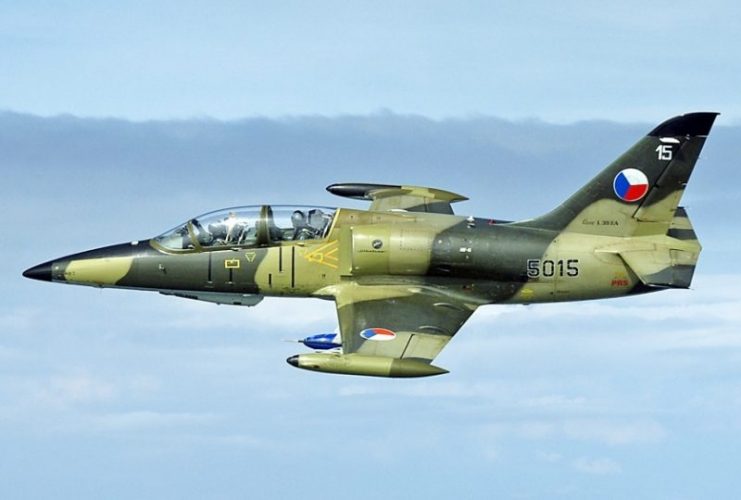
Though developed in the 1960s, the L-39 has not been modified and nothing equally groundbreaking has been developed in the country since. According to Robert Theiner, the head of the Institute of Aerospace Engineering of the Faculty of Mechanical Engineering at the Czech Technical University in Prague, this is due to the political realities that the country has faced over the years.
As an example, the L-39 perfectly met all of the requirements when they tried to sell it to Australia. However, Britain applied political pressure to the Australian government and the contract went to British Aerospace for their Hawk 200 plane instead.
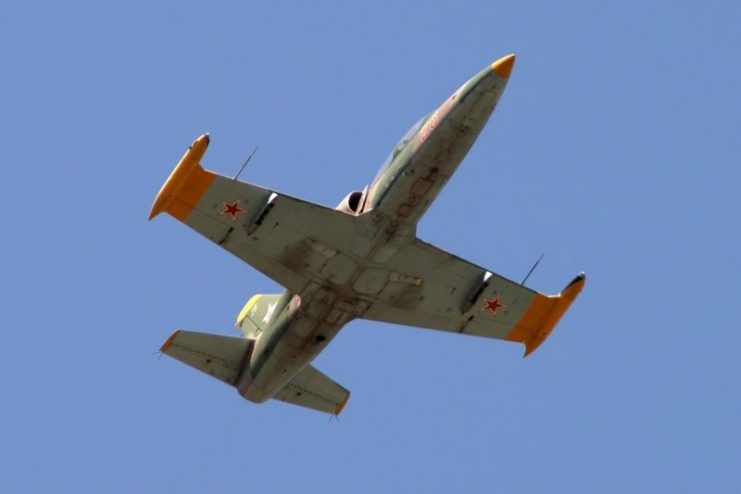
The L-39 is now popular with private citizens. Although it was designed over 50 years ago, it still functions well and is easy to operate. According to Theiner, approximately 200 US citizens own L-39 jets.
The L-29 was initially developed during a competition among socialist countries as part of the Council for Mutual Economic Assistance initiative. The L-29 was chosen over the Polish PZL TS-11 Iskra and the Soviet Yak-30.
The L-39 is the follow-up to the L-29 Delfin. It made its initial flight on November 4, 1968. After overcoming some problems with the designs of the air intakes, the L-39 went into full-scale production in late 1972.
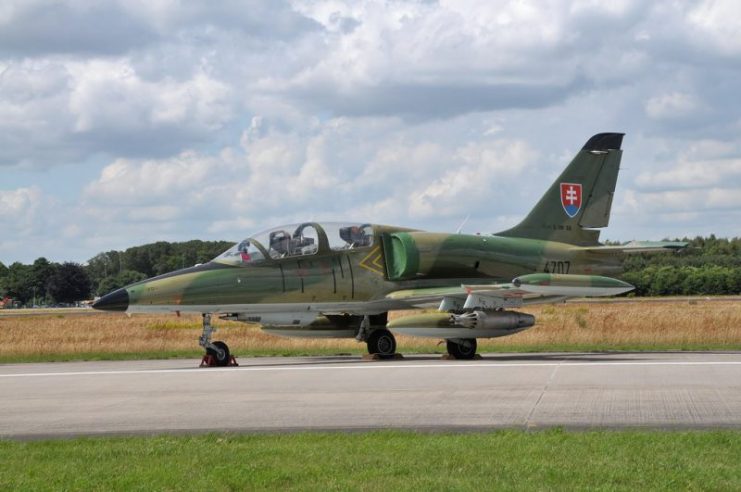
There are three variants of the L-39. The L-39C is a pure trainer that has been used by many Eastern European countries since 1974. The L-39ZA is an armed-weapons trainer. The L-39ZO is a close-support and ground-attack variation.
The modern descendant of the L-39 is the L-59 which is still being built in the Czech Republic and Slovakia. The L-39MS is another modern version of the L-39 that actually is more similar to the L-59, despite the name. Also, one L-139 Albatros 2000 was built. This version has a US Barrett TFE731 turbofan engine. This plane is privately operated in the US.
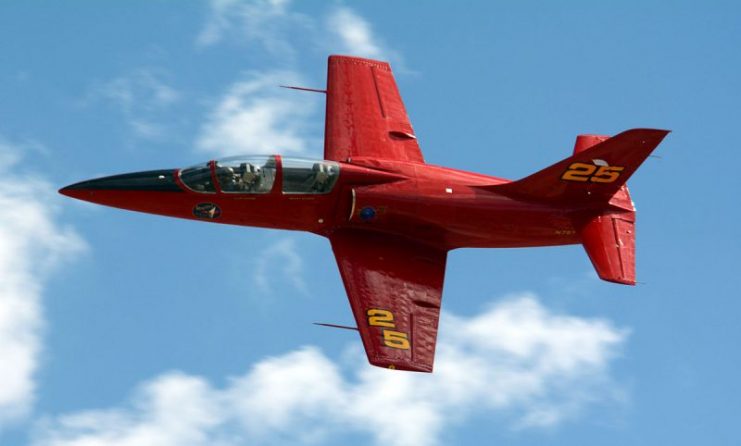
In 2007, Aero Vodochody was purchased by the Czech and Slovak private equity group, Penta. The company now places its focus on development, production, sales and support of aerostructures for civil and military aviation.
According to Theiner, there is not enough private investment in the Czech and Slovakian aerospace industry. The current owners of the aerospace companies are focused on production and not on new developments in aircraft.
Theiner believes that countries need more billionaires who are willing to get involved in the industry. But the region is too small to support the conglomerate of wealthy investors it would require to boost the country’s aerospace industry.
